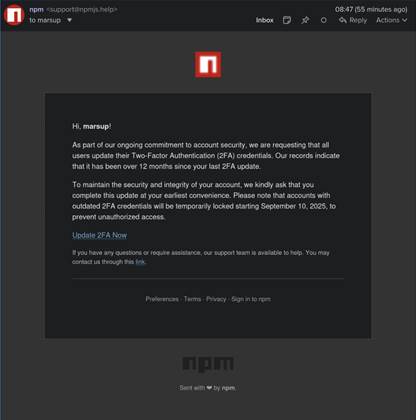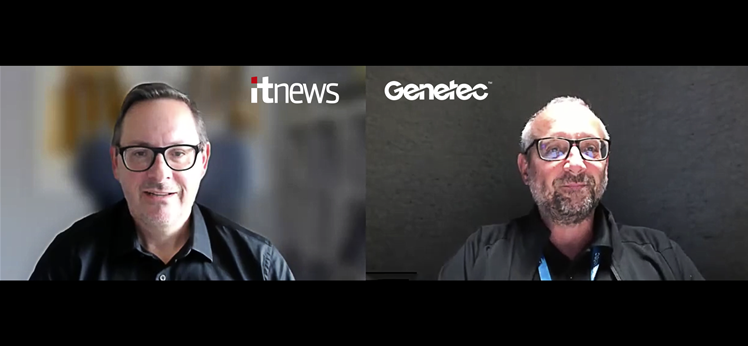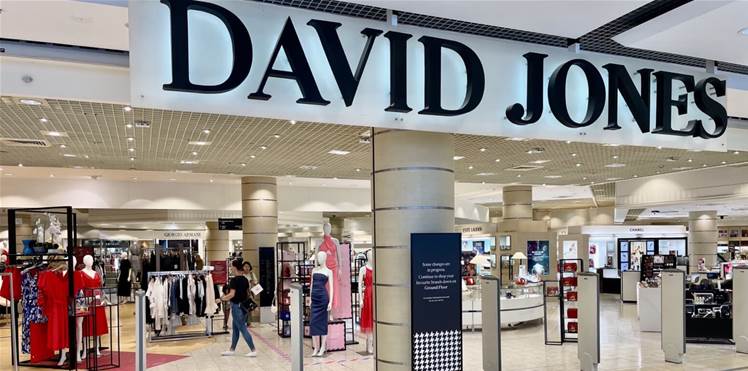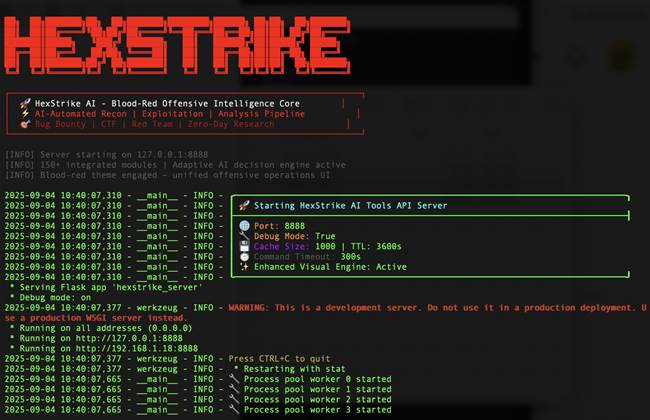Apple’s Elegant iPhone Air Might Be a Design Success
We independently review everything we recommend. When you buy through our links, we may earn a commission which is paid directly to our Australia-based writers, editors, and support staff. Thank you for your support!
Quick Overview
- Apple debuts the iPhone Air, its sleekest device to date.
- The iPhone Air boasts a 5.6-mm thickness and promises “all-day battery life”.
- The updated iPhone range comprises Air, 17, 17 Pro, and 17 Pro Max.
- Market responses are mixed due to worries over AI progress and pricing concerns.
- The iPhone Air is equipped with the A19 Pro chip and new bespoke communication components.
- Even though it’s entering the AI field later than others, Apple aims to impress with innovative design and capabilities.
Apple’s Newest Breakthrough: The iPhone Air
Apple CEO Tim Cook embodied the vision of Steve Jobs as he presented the iPhone Air, representing the most significant update in Apple’s offerings over the last eight years. The announcement, made at Apple’s Cupertino headquarters, underscored the company’s dedication to design and usability.

Design and Specifications
The iPhone Air’s aesthetics reflect Apple’s ongoing commitment to innovation. With its slender 5.6-mm body, it surpasses Samsung’s S25 Edge in thinness. The new layout accommodates components the size of postage stamps, reinforcing Apple’s assertion of “all-day battery life”.
Varied Market Responses
While many were fascinated by the iPhone Air’s design and technological upgrades, reactions in the market varied. Apprehensions regarding AI features and price stability amid tariffs have made some investors cautious. Nevertheless, the rollout of the A19 Pro chip and specialized chips for AI applications may narrow the gap in AI capabilities.
Consumer and Expert Views
Consumers and technology fans reacted positively, with the Air’s titanium casing and ceramic shield glass receiving commendations. Gaurav Chaudhary, a leading tech YouTuber, remarked on the excitement during the unveiling. Analysts predict that the iPhone Air’s distinctive features will inspire upgrades and boost sales during the holiday season.
Conclusion
The iPhone Air has established a new benchmark for Apple’s design and innovation. In spite of some market hesitancy, the device’s advanced functionalities and stylish design are expected to draw a broad range of consumers. Apple maintains a vital presence in the tech sector, with its most recent release reinforcing its reputation for quality and design superiority.












